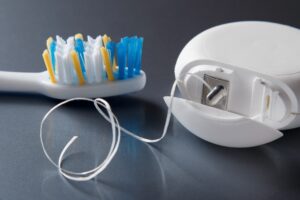You’re enjoying the outdoors. Maybe it’s a hike, a camping trip or just working in the yard. Then suddenly, you feel a sharp pain—it’s a snake bite.
Fear and panic set in as adrenaline rushes through your body, but it’s crucial to stay calm. Knowing what to do can make all the difference between a minor scare and a serious medical emergency.
Let’s go over the steps to keep you safe, from spotting the type of snake, to giving first aid and getting professional medical help quickly. Staying calm and acting fast could save your life.
Stay Calm and Safe
First things first, breathe. Keeping your heart rate down can slow the spread of venom through your body. Take a few deep breaths and remember that staying calm is your best defense.
Next, move away from the snake. The last thing you want is to get bitten again. Find a safe spot where you can sit down and evaluate your situation.
Identify the Snake (If Safe)
If you can do so safely, take note of the snake’s color, patterns, and size. This information can be extremely helpful to medical professionals when they administer treatment. However, never attempt to capture or kill the snake. It’s not worth the risk. Snapping a photo is much safer.
Call for Help
Dial emergency services right away. If you’re in a remote area, you might have to resort to alternative methods like contacting park rangers or using a satellite phone. Always have a plan for such situations when heading into the wilderness.
First Aid Steps
While waiting for help, keep the bitten limb immobilized and at or below heart level. Movement can speed up the spread of venom, so stay as still as possible. Forget the myths—don’t cut the wound, suck out the venom, or apply a tourniquet. These actions can cause more harm than good.
What Not to Do
There are several things you absolutely shouldn’t do if bitten by a snake. Avoid applying ice to the wound; it can restrict blood flow and worsen tissue damage. Also, steer clear of alcohol and caffeine, which can accelerate venom absorption into your system.
While Waiting for Help
While you’re waiting for medical help to arrive, focus on staying calm and still. Remove any tight clothing or jewelry near the bite area as swelling is likely to occur. This will prevent complications when you receive medical treatment.
Reaching Medical Help
Once help arrives, you’ll be taken to a medical facility for treatment. The most common treatment for venomous snake bites is antivenom, which counteracts the venom. You might also receive pain management and other supportive care to ensure a full recovery.
Conclusion
Getting bitten by a snake is a terrifying experience, but knowing what to do can save your life. Remember to stay calm, call for help, and follow the correct first aid steps. Being prepared and familiarizing yourself with local wildlife can make all the difference. Stay safe out there!







